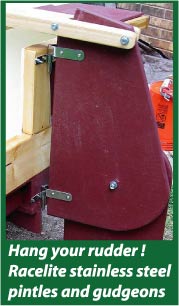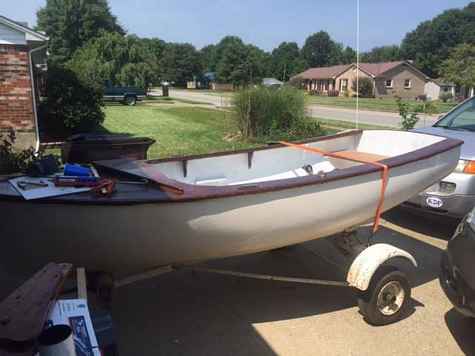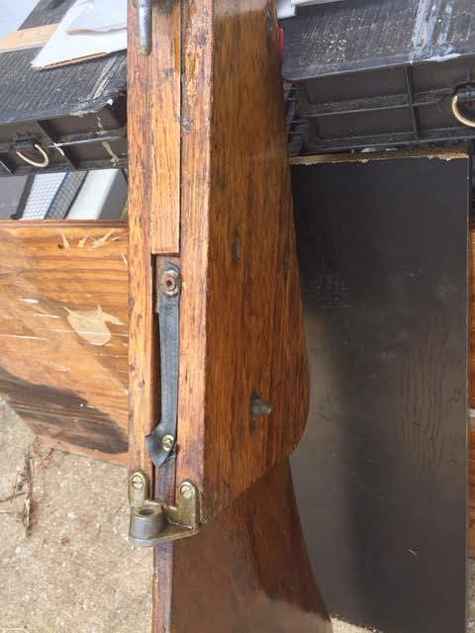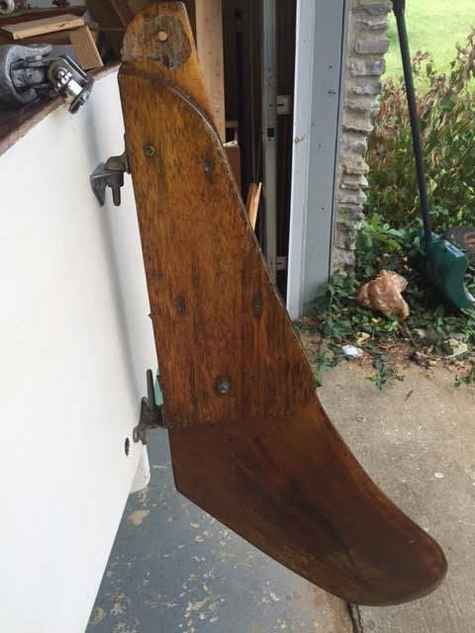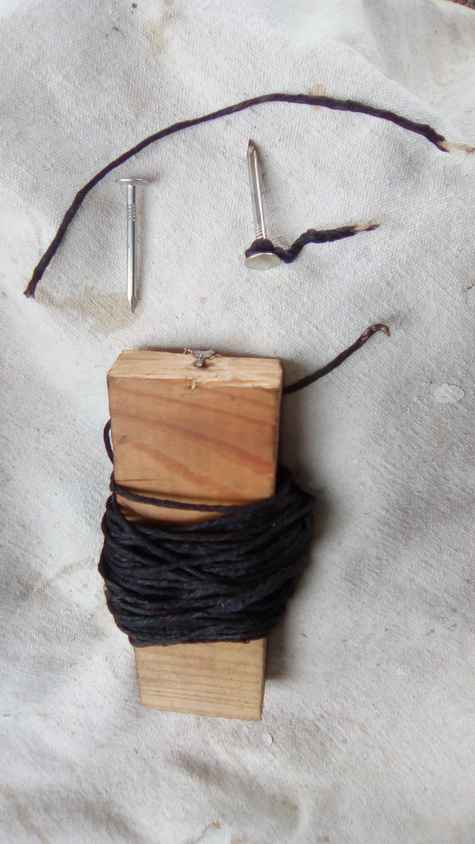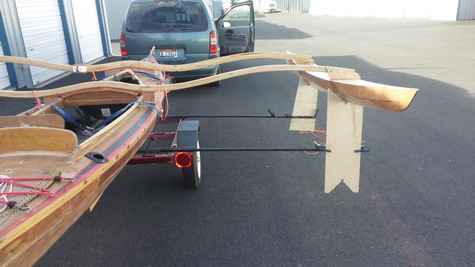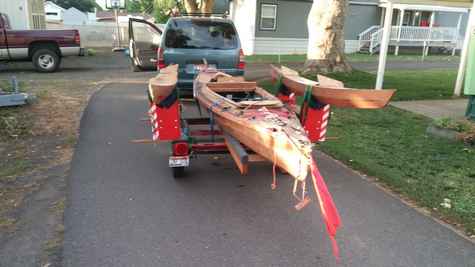
 Custom Search
|
| boat plans |
| canoe/kayak |
| electrical |
| epoxy/supplies |
| fasteners |
| gear |
| gift certificates |
| hardware |
| hatches/deckplates |
| media |
| paint/varnish |
| rope/line |
| rowing/sculling |
| sailmaking |
| sails |
| tools |
| join |
| home |
| indexes |
| classifieds |
| calendar |
| archives |
| about |
| links |
| Join Duckworks Get free newsletter CLICK HERE |
|
|
| September Treasure Chest |
Skinning DemonstrationAfter many years I was finally able to get this posted. This is a video I made of Dave Gentry's skin on frame stand up paddle board skinning demonstration. This was at the 2013 Sail Oklahoma I attended. Part 1/3 has been up for some time but I just got parts 2/3 and 3/3 up last night. Parts 2 and 3 can be found in my videos on YouTube. As an aside it is good to see Steve Lewis and Mike Monies in the videos. Sorry for the less than stellar sound and camera work. David Naut 420Naut 420 virtual building in 3D. Jérôme Delaunay www.duckworksbbs.com/plans/delaunay/ Splash SelfiesAre you about to launch the build but you can't find a photographer on the day? Setup a video camera to record the launch and then take stills from the video using screen shots on the PC. ***** Making Self Adhesive SandpaperMake your own self sticking sandpaper to create sanding boards. Mike John Trampolines
Installing fastening points or rails for trampolines or nettings is always work intensive and costly. We use 3 mm Dyneema. Drill the holes oversize on the outside with about a 6mm sink drill. Make equal loops, add epoxy and pull taught. The next day fill the oversized hole with epoxy. Then it's ready to receive the trampoline. Bernd Kohler Rubber Tensioning Strap
I am currently repairing/updating a bit a Rhodes Robin dingy I bought this summer. It is a lovely little boat. I suspect that the one I have was one of the ones sold as a kit. It has some issues that I would not have expected in a production boat, but I'm gaining ground. I have run across one really neat detail. For years I have cussed at kick up rudders that had to be levered into the down position by combinations of downhauls, cleats, and bad vocabulary. The rudder on Half-Pint has this really neat rubber tensioning strap that holds it in the down position without complicated lines and stuff, yet is resilient in the kick up mode. Here are the boat, a side view of the rudder blade and cheeks, and a shot of the rubber tensioning strap located on the rear of the blade between the cheeks. The strap holds the rudder down until an obstruction is hit. The blade kicks up, the strap stretches, and when the obstacle is cleared, the tension returns the blade to the deployed position. Clever. Simple. David Cleaning Safety GlassesIf put in a dish washer they come out clean and the scratches seam to go away. Stewart Math
This is a handy little site for doing fractions and equations. Mike John Metal Shed
It's something I used build my metal shed. If someone wants to use sheet metal to build a boat storage shed this method may help. I did not want to attach my sheet metal to wood with screws with neoprene washers. Instead, I used the method which I've invented and it has worked well for me. The black stuff is Jute. Using a rubber glove and soft roofing tar, sold as Roofing, Flashing, cement, the Jute was embedded. I tied the Jute like a clothes line and the tar set firm enough that in a few days it could be wrapped up. At the top of the block is a tack head which is made sharp on the edges. It also has a notch filed at the edge. Using the tack a 3 , ? , piece of string is cut and wrapped 3 times around the tack and twisted as in the photo. I hammer the tack through the tin and into the wood. To assure the seal is tight, a thin coat of tar mixed with diesel is painted on the tack head. I don't trim the string I stead make sure it's laying flat. The excess string helps hold the tar. However, when clipped short I have had no leaks. Nail holes in tin can be fixed by sticking string into them leaving 1 inch above and below the tin. Apply tar forcing the string to lay down in the direction of water flow. Go under the tin add tar to the string laying it uphill, forming a Z bend. When the tar sits the string gives it support to the tin. My entire tin roof will be primed with thin tar and diesel then painted with Latex. Roofs done that way seem to work good in this hot sunny climate. Chief Redelk CLC MIll Creek 16.5 kayakCan't tell you pleased I was to see the letter I had written you in the magazine back on July 18th as the cover story. I promised my Trimaran would be in the water by the end of Summer and I managed to launch it this last Saturday. The real test for me was not a float test but the launching and recovery. I didn't try the mast and sail yet. But this update letter is about the trailer itself.
To remind you I built a CLC MIll Creek 16.5 kayak and have been building their Trimaran sail rig for it. CLC's instructions call for car topping to water then assemble on the beach. I am 61 yrs old and not as strong as I once was so I had in mind using a trailer. Assembled the trimaran is 12 ft wide, so it must be transported disassembled and assembled at the boat launch. My solution actually turned out fairly simple yet elegant. I bought a used harbor Freight trailer for $50 replaced the tongue with a much longer piece of square steel tubing. But to support the AMA's, I used some length's of square telescoping tubing across the frame. Then built supports to hold the AMA's in the correct place for assembly. The supports were a bit flimsy so I built some nice lockable boxes between them for support, plus they carry all the support equipment, tie downs, misc. tools and spare hardware. Everything slides in for travel then slides out for assembly at the top of the boat ramp. I am attaching some photo's to help visualize and will send a few more because of limited size separately Jay |
To comment on Duckworks articles, please visit one of the following:
|
 |

